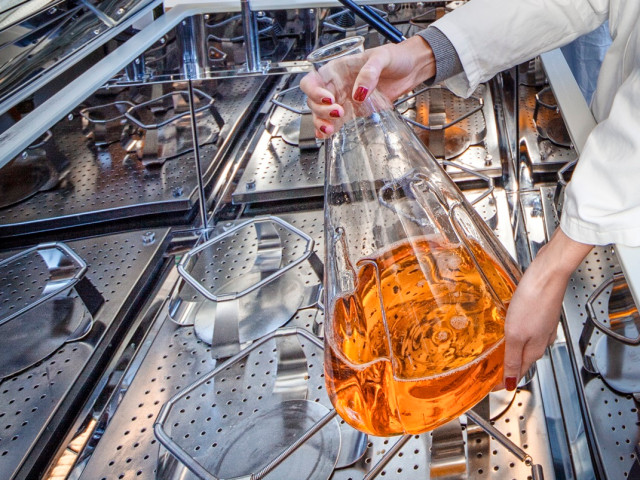The course deals with risk analysis and management in relation to handling chemical as well as work situations in inudstrial processes. The following is included:
- Chemical hazards
- Flammability
- Stability/explosivity
- Toxicity/corrosiveness
- Environmental risks, persistence, bioaccumulation
- Hazards in process industry
- Hazards in handling chemicals in laboratory environment
- Risk analysis and management theory
- History
- Case studies and practical examples
- Methodologies (e.g. what-if analysis, HAZOP, Fault Tree Analysis, event analysis, etc)
- Legislation and standards in Sweden, EU and internationally
